Amino acids are classified as acidic, basic, or neutral depending upon the relative number of amino and carboxyl acid groups in their molecule. Which among the following are acidic?
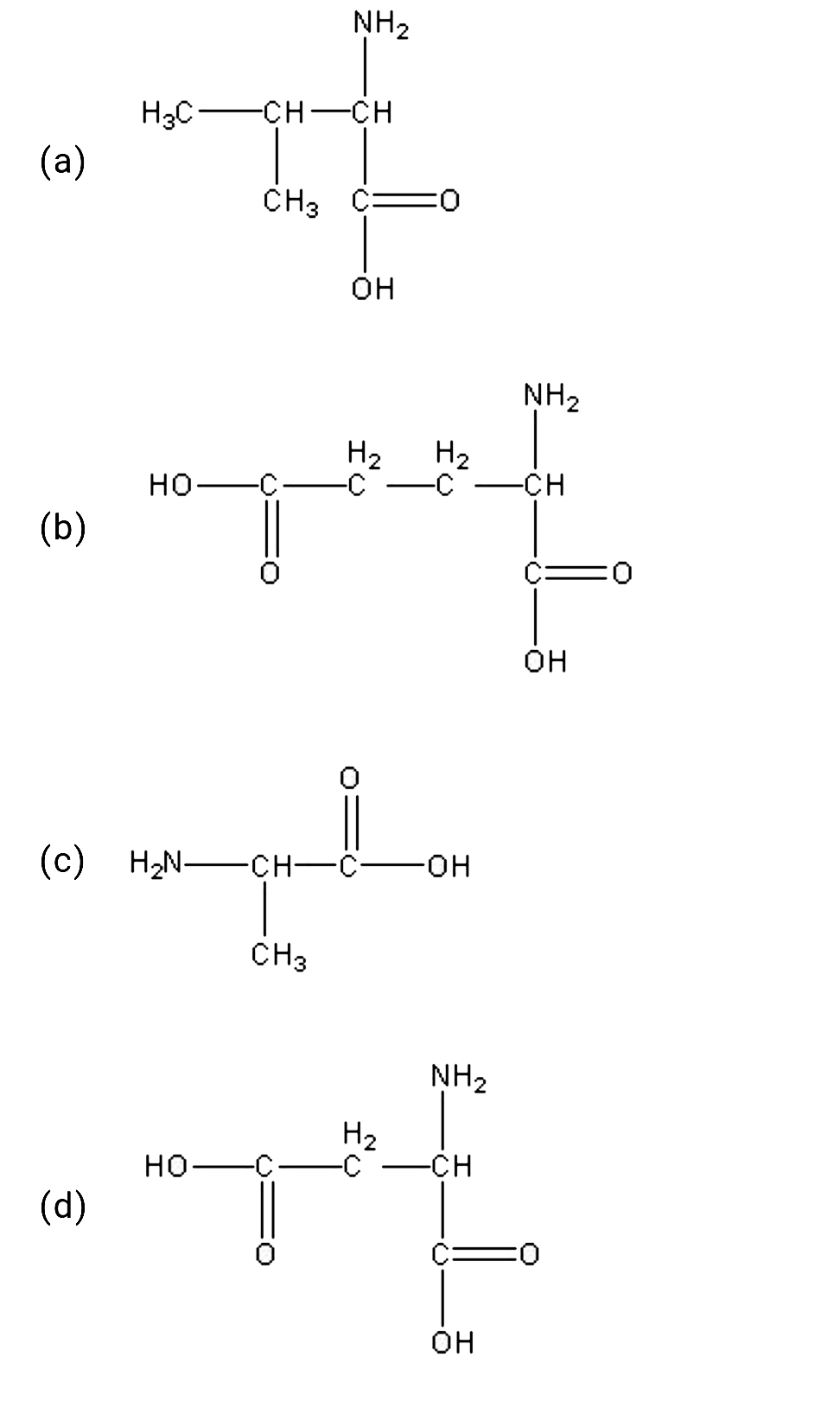
a and b but not c and d
b and c but not a and d
b and d but not a and c
a and d but not b and c
The correct Answer is:C
The amino acids which contain one amino group and one carboxylic acid group are called neutral amino acids. If amino acid contains more than one carboxylic acid group, then it can be called acidic amino acid and if it contains more than one amino group then it can be called a basic amino acid.
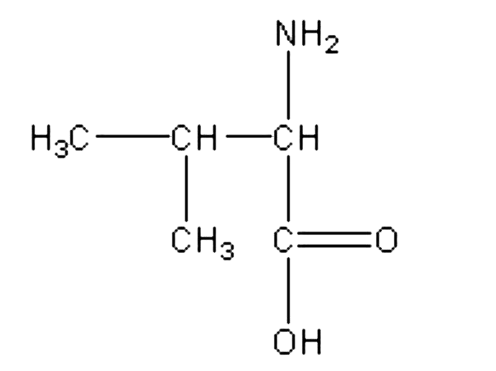
The name of the amino acid is valine and it is a neutral amino acid as it contains one amino group and one carboxylic acid group.
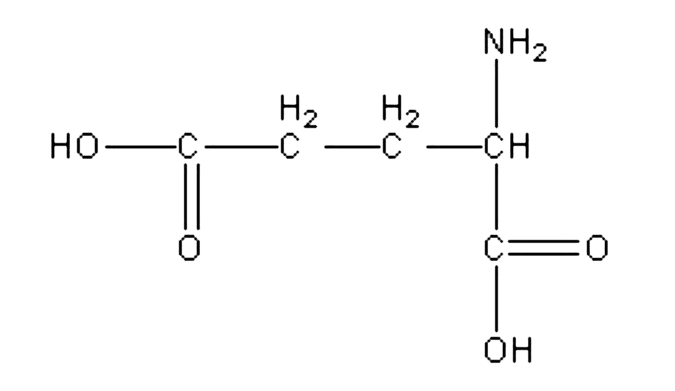
It is glutamic acid and it is an acidic amino acid due to more number of - COOH groups than −NH3 groups.
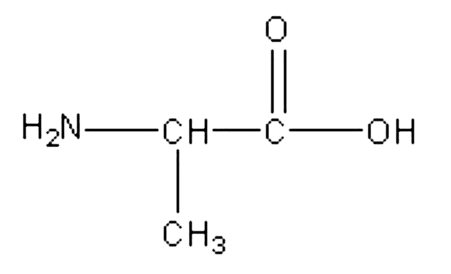
The name of the amino acid is alanine and it is a neutral amino acid as it contains one amino group and one carboxylic acid group.
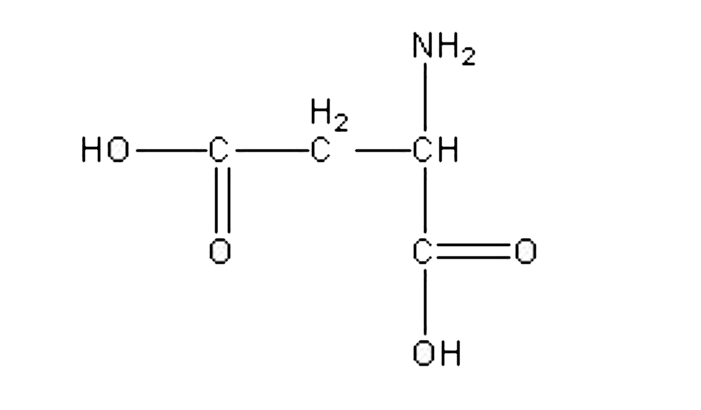
It is aspartic acid and it is an acidic amino acid due to more number of - COOH groups than −NH2 groups.
Topper's Solved these Questions
Similar Questions
Knowledge Check
Amino acids are classified as acidic, basic or neutral depending upon the relative number of amino and carboxyl groups in their molecule. Which of the following are acidic?
A(CH3)2CH−CH∣ NH2−COOHBHOOC−CH2−CH2−CH∣ NH2−COOHCH2N−CH2−CH2−CH2−COOHDHOOC−CH2−CH∣ NH2−COOHAmino acids are classified as acidic, basic or neutral depending upon the relative number of amino and carboxyl groups in their molecule. Which of the following are acidic?
A(CH3)2(CH)−C∣NH2H−COOHBHOOC−CH2−CH2−CH∣NH2−COOHCH2N−CH2−CH2−CH2−COOHDHOOC−CH2−CH∣NH2−COOHThe number of amino and carboxyl groups in an amino acid is never -
A1 and 1B2 and 1C3 and 1D1 and 2
Read the given passage ans answer question number 1 to 5 that follow :
Amino acids are classified as acidic, baisc or neutral depending unpon the relative number of makes it neutral , more number of amino than carboxyl groups makes it basic and more carboxyl groups are compared to amino groups makes it acidic . The amino acids , which can be synthesised in the body and must be obtained through diet , are known as essential amino acids. Amino acids are usually colourless, crystalline solids . These are water -solute , high melting solids and behave like salts rather than simple amines or carboxylic acids . This behaviour is due to the presence of both acidic (carboxyl group) and basic (amino group) in the same mlecule . In aqueous solution , the carboxyl group can lose a proton and amino group can accept a proton , giving rise to a dipolar ion known as zwitter ion. This is neutral but contains both positive and negative charges. In zwitter ionic , form amino acids show amphoteric behaviour as they react both with acids and bases.
An amino acid contains two amino and one carboxylic group. In which class of amino acids would you place it ?
View SolutionRead the given passage ans answer question number 1 to 5 that follow :
Amino acids are classified as acidic, baisc or neutral depending unpon the relative number of makes it neutral , more number of amino than carboxyl groups makes it basic and more carboxyl groups are compared to amino groups makes it acidic . The amino acids , which can be synthesised in the body and must be obtained through diet , are known as essential amino acids. Amino acids are usually colourless, crystalline solids . These are water -solute , high melting solids and behave like salts rather than simple amines or carboxylic acids . This behaviour is due to the presence of both acidic (carboxyl group) and basic (amino group) in the same mlecule . In aqueous solution , the carboxyl group can lose a proton and amino group can accept a proton , giving rise to a dipolar ion known as zwitter ion. This is neutral but contains both positive and negative charges. In zwitter ionic , form amino acids show amphoteric behaviour as they react both with acids and bases.
What are the different classes of amino acids ?
View SolutionRead the given passage ans answer question number 1 to 5 that follow :
Amino acids are classified as acidic, baisc or neutral depending unpon the relative number of makes it neutral , more number of amino than carboxyl groups makes it basic and more carboxyl groups are compared to amino groups makes it acidic . The amino acids , which can be synthesised in the body and must be obtained through diet , are known as essential amino acids. Amino acids are usually colourless, crystalline solids . These are water -solute , high melting solids and behave like salts rather than simple amines or carboxylic acids . This behaviour is due to the presence of both acidic (carboxyl group) and basic (amino group) in the same mlecule . In aqueous solution , the carboxyl group can lose a proton and amino group can accept a proton , giving rise to a dipolar ion known as zwitter ion. This is neutral but contains both positive and negative charges. In zwitter ionic , form amino acids show amphoteric behaviour as they react both with acids and bases.
What are essintal amino acids
View SolutionRead the given passage ans answer question number 1 to 5 that follow :
Amino acids are classified as acidic, baisc or neutral depending unpon the relative number of makes it neutral , more number of amino than carboxyl groups makes it basic and more carboxyl groups are compared to amino groups makes it acidic . The amino acids , which can be synthesised in the body and must be obtained through diet , are known as essential amino acids. Amino acids are usually colourless, crystalline solids . These are water -solute , high melting solids and behave like salts rather than simple amines or carboxylic acids . This behaviour is due to the presence of both acidic (carboxyl group) and basic (amino group) in the same mlecule . In aqueous solution , the carboxyl group can lose a proton and amino group can accept a proton , giving rise to a dipolar ion known as zwitter ion. This is neutral but contains both positive and negative charges. In zwitter ionic , form amino acids show amphoteric behaviour as they react both with acids and bases.
What is meant by amphoteric character ?
View SolutionRead the given passage ans answer question number 1 to 5 that follow :
Amino acids are classified as acidic, baisc or neutral depending unpon the relative number of makes it neutral , more number of amino than carboxyl groups makes it basic and more carboxyl groups are compared to amino groups makes it acidic . The amino acids , which can be synthesised in the body and must be obtained through diet , are known as essential amino acids. Amino acids are usually colourless, crystalline solids . These are water -solute , high melting solids and behave like salts rather than simple amines or carboxylic acids . This behaviour is due to the presence of both acidic (carboxyl group) and basic (amino group) in the same mlecule . In aqueous solution , the carboxyl group can lose a proton and amino group can accept a proton , giving rise to a dipolar ion known as zwitter ion. This is neutral but contains both positive and negative charges. In zwitter ionic , form amino acids show amphoteric behaviour as they react both with acids and bases.
What is zwitter ion?
View Solution
